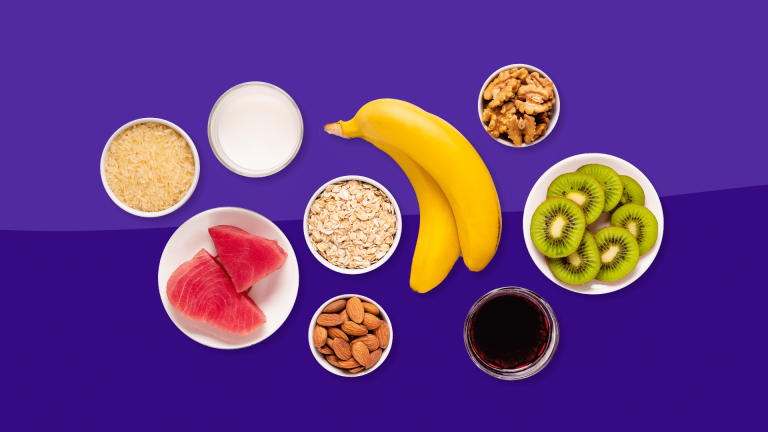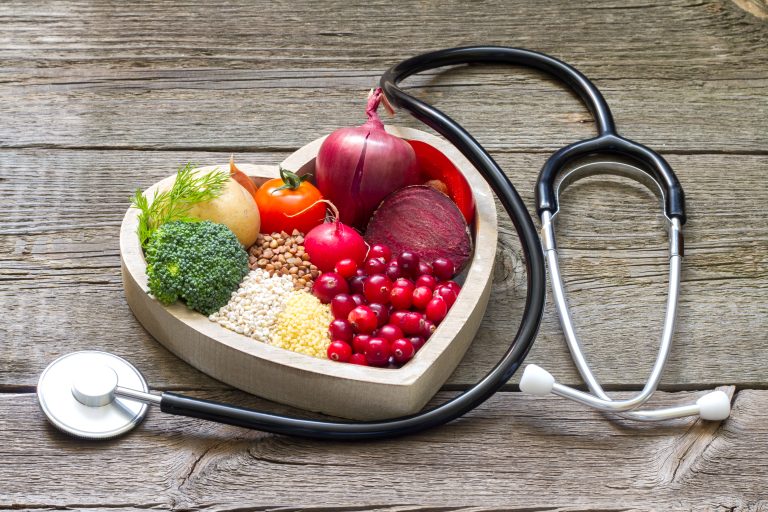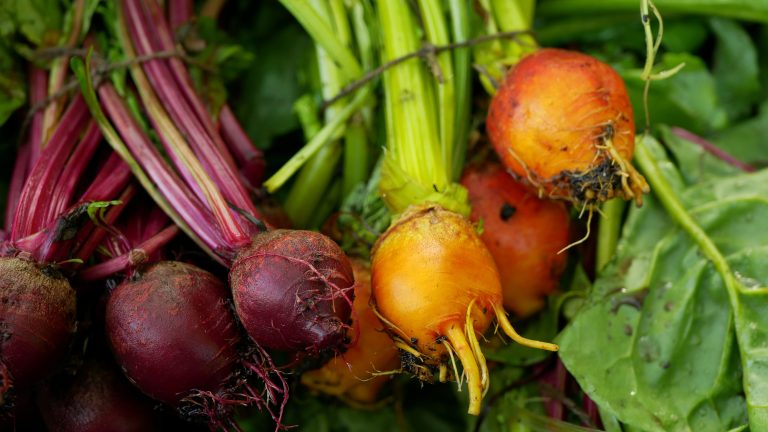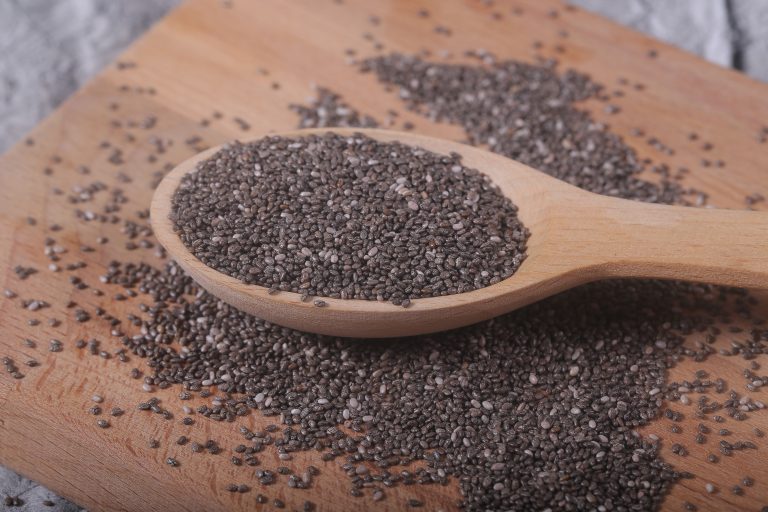Family Grocery Tips For Buying The Healthiest Foods
Healthy eating begins with grocery shopping when you choose the food for you and family’s meal times. It’s time to go the grocery store and face the over 7000 food items on the shelf. How do you find which foods are actually better for you, how do you find the healthier food choices. With over 7000 food items to choose from, finding the healthier choices for your family means: Making a list of food items you will need. Checking for season produce that are usually a better value. Keeping an eye out for discounts and coupons Reading the package and food label (all the information is right there!) Comparing food items. You have the power to buy the foods that are healthiest for your family.
Involve your kids in the grocery shopping. 1. They can help fill out the shopping list, help read food labels and put food in the grocery cart. 2. They can be great little helpers and shopping together offers family time to learn more about healthy foods.
Tips on how to compare and choose foods for your family’s meal. These tips can help you keep the focus on healthy options when you’re navigating the aisles:
Make a List
A list can keep you on track €” especially if you base it on a meal plan Families with kids keep these guidelines in mind:
- Eat vegetables and fruits every day.
- Limit juice intake.
- Cooked food in vegetable oils rich in MUFA like canola or olive oil and low in saturated fat and trans-fatty acids instead of butter, shortening, or most other animal fats.
- Eat whole-grain rather than refined-grain breads, cereals, pasta, and rice products.
- Restrict sugar-sweetened beverages and foods.
- Use nonfat or low-fat milk and dairy products daily.
- Eat more fish, especially oily fish that is broiled or baked.
- Reduce salt.
What is a Food Label
Food labels provide information about the nutritional content inside a package of food. All food manufacturers are required by law to provide specific information about the food you are buying to help you make informed healthy decisions. Read the food label. They are broken up into sections to make it easy for you to read and understand the nutrition found on a particular food item. Always start with how many serving are in the package. You will find information easily about the calories, how many servings in that package (they often have more than one) and other key information about fat content, vitamins, sodium (salt), cholesterol and fiber.
Fresh fruits and vegetables donot come with label. That is because they are in their natural form with no preservatives or other ingredients added to alter them. It is not a processed food. In general, it is always healthier to buy foods that are fresh like fruits and vegetables and whole grains and reduce purchases of processed foods.
Nutrient Claims to understand food packaging
You ever find yourself in the grocery store looking at the advertising on the front of a box of cereal or a bag of chips and wonder what the difference is between fat free, reduced fat and low fat? Has a €œlite€ salad dressing or the label on a can of peaches that reads €œno added sugar€ These are examples of nutrient claims that are regulated by the Food and Drug Administration (FDA).
Nutrient claims are usually located on the front side of a product so that it is visible to the shopper. For example, if you walk down the cereal aisle you might see the claim €œhigh fiber€ on the front of several different brands. This means that any product that states €œhigh fiber€ has at least 5 grams of fiber per serving.
Print a Nutrients Claim Reference Sheet for your next trip to the grocery store.
The table below covers several of the most common nutrient claims found on food packaging. It might be worthwhile to print out the list for the next time you go to the grocery store. Plan your trip to the store when you have time to read labels and compare brands. When you start smart shopping i.e when you start comparing the food labels of various food products, it will take a little longer to understand the nutritional value of each products but it is worth the time taken and will eventually get easier. Common terms found on food packaging1:
| Nutrient Claim | means€¦ |
| Calorie free | less than 5 calories per serving |
| Low calorie | 40 calories or less per serving |
| Fat free | Less than 0.5 grams of fat per serving |
| Low fat | 3 grams or less of total fat |
| Low saturated fat | 1 gram or less saturated fat per serving |
| Saturated fat free | Less than 0.5 g of saturated fatperserving and the amount of trans fatty acids does not exceed 1% of the total fat |
| Reduced fat Less fat | At least 25% less fat than the regular version |
| Sugar free | Less than 0.5 g of sugar per serving |
| Reduced sugar | At least 25% less sugar per serving thanthe regular version |
| High fiber | 5g or more fiber per serving |
| Good source of fiber | 2.5 g to 4.9 g of fiber per serving |
| Cholesterol free | Less than 2 mg per serving |
| Reduced cholesterol Less cholesterol | At least 25% less cholesterol per servingthanhe regular version |
| Sodium free Salt free | Less than 5 mg of sodium per serving |
| Low sodium | 140 mg of sodium or less |
| Reduced sodium Less sodium | At least 25% less sodium per servingthan the regular version |
| Good Source of€¦ Contains€¦ Provides€¦ | these terms mean that one serving ofa food contains 10-19% of the Daily Value |
| Excellent Source of€¦ High in€¦ Rich in€¦ | these terms mean that one serving of a foodcontains 20% or more of the Daily Value |
| Lean Meat, poultry, seafood and game meat with less than 10 g fat, 4 g saturated fat, and 95 mg cholesterol per serving. | |
| Extra lean Meat, poultry, seafood and game meat with less than 5 g fat, 2 g saturated fat, and 95 mg cholesterol per serving. | |
| Lite or Light This can mean two things. The product can have 50% less fat than the higher fat version or the product contains 1/3 fewer calories. For example Dreyer’s vanilla ice cream contains 150 calories per ½ cup serving and 10 grams of fat. The Dreyer’s light ice cream contains 100 calories per ½ cup serving and 3.5 grams of fat. The term €œlight€ can also refer to the texture and color as long as the label explains it. For example, €œlight brown sugar€ or €œlight olive oil.€ | |
| Reduced in€¦ This claim means that the product contains at least 25% less of a nutrient than the regular version. For example, Nabisco’s Original Oreo cookies contain 160 calories and 7 grams of fat per serving. The reduced fat version contains 150 calories and 4.5 grams of fat. Other words for €œreduced in€ include €œlower in€ and €œfewer.€ | |
Before the FDA implemented regulations defining what terms may be used to describe a nutrient in a food there were no guidelines for food manufacturers. That made it tough for consumers to compare foods based on their nutritional content.
While the above article guides you to eating healthier, there is no substitute for customized professional advice given by a qualified nutritionist. We urge you to speak to your personal dietician or if you need help, contact a nutritionist at Qua Nutrition.
You can contact us at 080 3232 9292 or log on to www.quanutrition.com to Book An Appointment.









